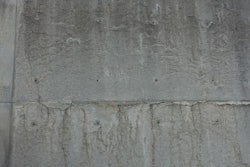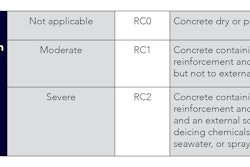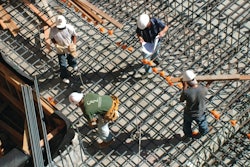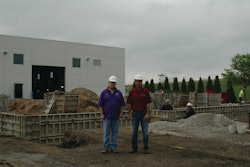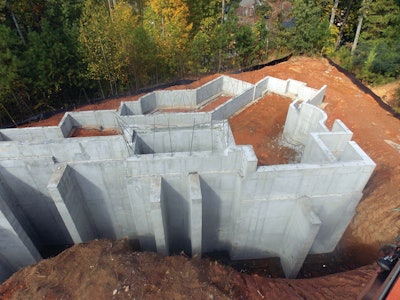
The art, science and profession of residential concrete is centuries old yet the farther we get from its origin, the more complex the industry around us tries to make it. Understanding the basics, the strengths and the performance characteristics is the key to benefitting from and continuing to advance the industry. I will be taking a look at some of the common and bazar questions that are brought to our attention at www.cfawalls.org in this new column.
Q: A few subdivisions around me have wood foundations and I am being challenged in my belief that concrete is better. Is there a reason why? – Realtor
A: It seems this question comes around once each decade. It varies in its regional location and the popularity of the opinion but nevertheless returns. Wood foundations are simply the wrong construction solution for any condition combining varying soil pressures, water content and non-homogeneous structural elements.
The International Residential Code (IRC) spells it out, rather plainly, how foundation systems should be considered. Wood foundations are restricted to soil pressures of 30 pcf, the lightest soil condition recognized by the code and the most unlikely soil condition encountered in most of the regions where habitable foundation conditions exist. Concrete walls are prescribed by the IRC up to 60 pcf soils and up to 100 pcf by the referenced standard ACI 332. Structurally, concrete foundations are capable of not only performing for far higher load conditions, they are prepared to adapt to the changing conditions experienced throughout the United States.
While I do not agree that dampproofing should be the minimum performance requirement for any foundation separating habitable living space from below-grade conditions, the IRC sets this as the minimum requirement. However, where significant hydrostatic pressure is anticipated (high-water tables), only concrete-based walls systems are permissible (R406.2) and they are to be waterproofed. Wood foundations are restricted to dampproofing only, and as the description of how they are to be protected is followed, it is easily recognizable why. Sealing a wood foundation system from moisture penetration is nearly impossible, requiring a caulking material with a finite life span to seal between components, followed by a thin (6 mil) wrap of poly that is adhered to the surfaces but not to be penetrated. How can a 6-mil poly be fully protected from being scraped, ripped or punctured when backfilling alone?
Finally, the current energy codes require greater amounts of insulation for foundations insulating between studs than if continuous insulation is used, as in a concrete wall. Not only do wood studs contribute to lower insulation performance, they are susceptible to and the system a primary risk for mold development (Building Science Corporation, www.buildingscience.com).
To consider any foundation system superior to concrete, a system that has been used for foundations for more than a millennium, should be seen as a futile attempt at an argument.





